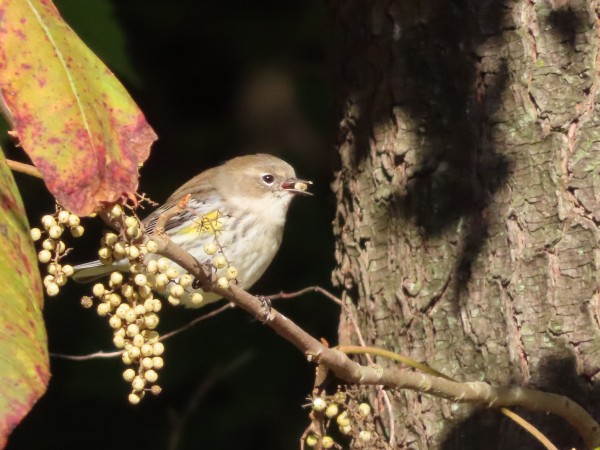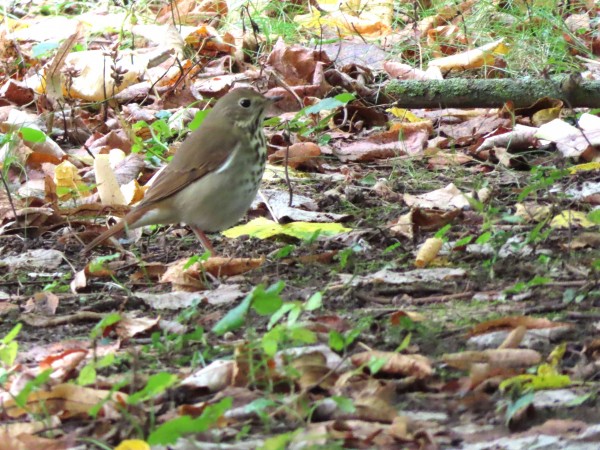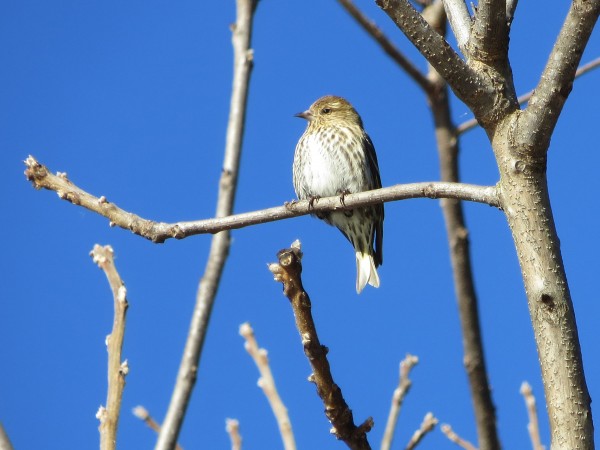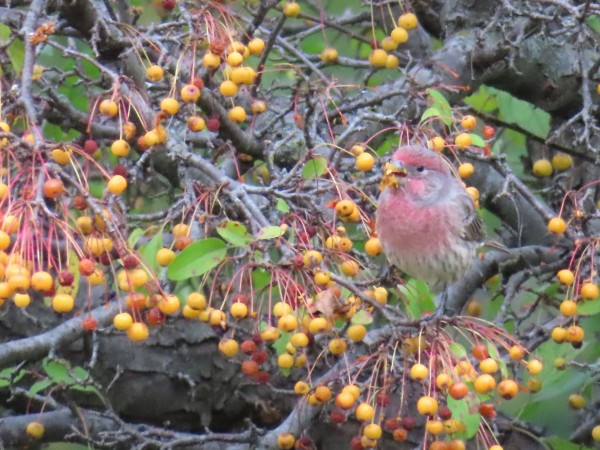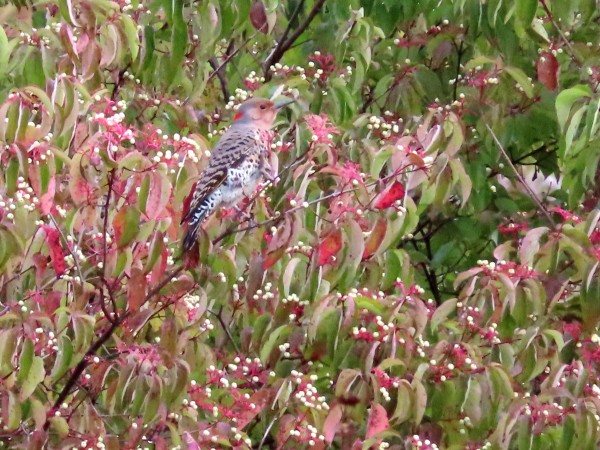Chuck's Birding Report #29
28 September - 04 October 2020
Dear fellow flock of birders,
I encourage all of you to get outside and take a walk or come to the Arb and take a hike. There are so many changes occurring. I'm sure you will feel better.
So what's happening to our avian friends?
There are some new arrivals. This past week besides seeing more White-throated Sparrows and a couple more Lincoln Sparrows I did see some White-crowned Sparrows out on the prairie and on the trail in the woods adjacent to the prairie. I've attached two photos of White Crowned Sparrows. One photo is of an adult with a black and white striped crown. The other photo is of an immature White-crowned Sparrow. The black and white stripes on the top of the head have been replaced by brown and gray stripes. The striped crown always reminds me of a miniature bike helmet sitting a bit high on the head. That image helps me identify the White-crowned Sparrow. The White-crowned Sparrow will stay with us all winter.
Another new arrival is the Hermit Thrush. The Hermit Thrush is brown above with a distinctive rusty colored tail. It always appears full-bodied so must eat well. The breast has dark spots high and the spots become less distinct and smudgy farther down. One of its unique behaviors is that it raises its tail occasionally as if it were waving to you. It spends most of its time on the ground searching for food. I've attached a photo of the Hermit Thrush that I saw on Longenecker Gardens.
Many birders have been seeing Pine Siskins around the county. This is a small finch that looks a bit like a female House Finch but is smaller with a sharp pointed bill. It is grayish brown with a lot of fine streaking overall. It also may show some yellow on the wings and tail. It may or may not come to Madison depending on the food availability up north. For example last year there must have been plenty of food up north because we never had any Pine Siskins down here. In the Arboretum we often see them eating the tiny seeds from the female catkins of the European Alders prevalent at Teal Pond and around Icke Boardwalk.
I thought the warblers might have all moved farther south by now but I and other birders are still seeing a pretty good variety but the greatest numbers are Yellow-rumped Warblers. I found about 10 Yellow-rumps today plucking small white berries from a vine climbing a pine tree. I haven't identified this vine yet so stay tuned. A photo of the Yellow-rump with a berry in its beak is attached.
Have you been to the Crabapple Collection lately? Many of the crabapple trees are full of crabapples of many shades of red and also some yellows. Various birds have started to eat them already. It's really fun to figure out what species eat what crabapples. American Robins are the main consumers but Cedar Waxwings are there too. Both species swallow them whole. On the other hand the House Finches and Purple Finches have to chew them a bit first and then swallow the parts. The crabapples are the main food source for the American Robins that stay the winter. Attached are photos of Cedar Waxwings and House Finches in the Crabapple trees.
There is one clump of Gray Dogwoods out on Curtis Prairie that still has some berries. The Northern Flickers have claimed this clump and have been feeding on the berries all week. A photo of one Northern Flicker in the dogwood is attached.
Stay well and good birding to all of you,
Chuck

